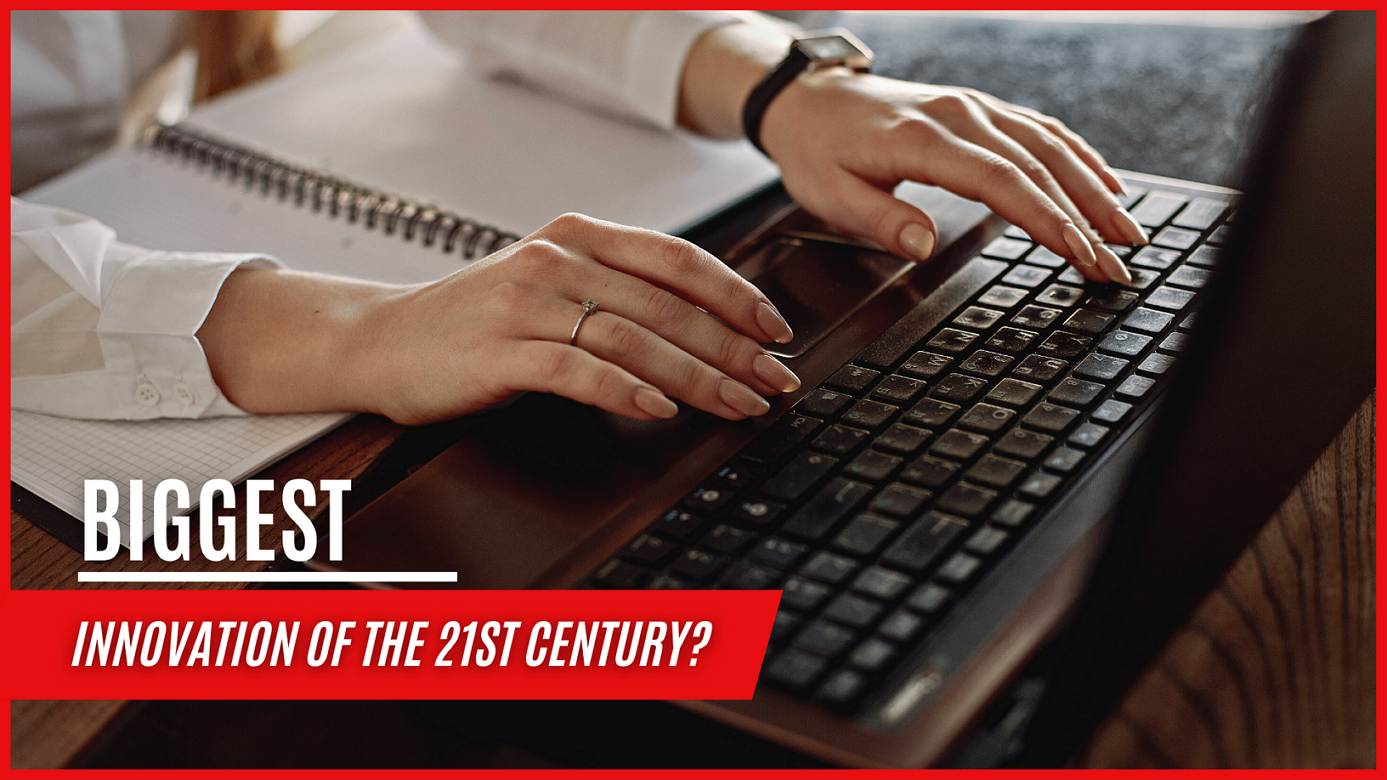Smartphones and mobile devices:
The widespread adoption of smartphones and other mobile devices has transformed the way we communicate, consume information, and interact with the world around us.
How Smartphones and mobile devices changed the way of living?
Smartphones and mobile devices have significantly changed the way we live our daily lives in many ways. Here are some examples:
Communication: Smartphones have made communication much more convenient and accessible. People can easily make calls, send text messages, and use video conferencing apps to stay in touch with friends, family, and colleagues, no matter where they are in the world.
Information and entertainment: Mobile devices allow us to access a wealth of information and entertainment at our fingertips. We can browse the internet, stream music and videos, read e-books, and play games, all from a single device.
Navigation: Smartphones come equipped with GPS technology, which makes it easier to navigate and find our way around. We can use apps like Google Maps to get directions, find local businesses, and discover new places to explore.
Productivity: Mobile devices can also be used for productivity purposes. People can use them to check emails, schedule appointments, manage their to-do lists, and access work-related documents on the go.
Social media: The rise of social media platforms has made it easier for people to connect and interact with others online. Smartphones have made it possible to access these platforms anytime and anywhere, enabling people to share their thoughts, photos, and experiences with their friends and followers.
Overall, smartphones and mobile devices have become an integral part of our daily lives, providing us with new opportunities to stay connected, informed, and entertained.
Social Media:
Platforms like Facebook, Instagram, and Twitter have changed the way we connect with others and share information on a global scale.
Cloud Computing:
Cloud computing has revolutionized the way we store, process, and access data, making it easier and more efficient to manage large amounts of information.
How Cloud Computing is changing the dynamics of doing business?
Cloud computing has revolutionized the way businesses operate in many ways. Here are some of the ways cloud computing is changing the dynamics of doing business:
Cost Savings: Cloud computing allows businesses to reduce their IT costs significantly. By using cloud services, companies can avoid the high upfront costs of purchasing and maintaining their own hardware and software. They can also scale up or down their computing resources as needed, which can help them save money on infrastructure and staffing costs.
Increased Collaboration: Cloud computing has made it easier for employees to collaborate on projects and share information. With cloud-based productivity tools, teams can work on the same document or project simultaneously, from anywhere in the world.
Improved Flexibility: Cloud computing provides businesses with the flexibility to work from anywhere and at any time. This is especially important for remote teams or businesses with employees working in different time zones.
Enhanced Security: Cloud providers invest heavily in security measures to protect their customers’ data. By using cloud services, businesses can benefit from the expertise and resources of these providers, which can help them improve their security posture and better protect their data.
Business Agility: Cloud computing can help businesses become more agile and responsive to changing market conditions. With cloud services, companies can quickly and easily deploy new applications or services, enabling them to respond to customer needs or market trends more rapidly.
Overall, cloud computing is changing the way businesses operate by providing them with new opportunities to reduce costs, increase efficiency, and improve their ability to innovate and respond to changing market conditions.
Artificial Intelligence and Machine Learning:
The development of AI and machine learning algorithms has enabled machines to learn and make decisions based on large data sets, leading to significant advancements in fields such as healthcare, finance, and transportation.
How AI and ML are evolving?
Artificial Intelligence (AI) and Machine Learning (ML) are evolving rapidly, with new advancements and applications being discovered and developed all the time. Here are some of the ways AI and ML are evolving:
Improved accuracy: AI and ML algorithms are becoming more accurate as they are trained on larger and more diverse datasets. This is enabling machines to perform more complex tasks, such as image and speech recognition, with greater accuracy and speed.
More sophisticated algorithms: Researchers are developing more sophisticated AI and ML algorithms that can learn from less data and generalize to new situations more effectively. This is allowing machines to make more nuanced decisions and recommendations based on incomplete or noisy data.
Increased automation: AI and ML are increasingly being used to automate repetitive or labor-intensive tasks in industries such as manufacturing, healthcare, and finance. This is freeing up human workers to focus on more complex and creative tasks.
More personalized experiences: AI and ML are being used to create more personalized experiences for consumers in areas such as e-commerce, entertainment, and healthcare. By analyzing data on user behavior and preferences, machines can tailor recommendations and services to each individual user.
Enhanced interpretability: AI and ML are becoming more interpretable, meaning that it is easier for humans to understand how machines are making decisions or recommendations. This is helping to build trust and improve accountability for AI systems.
Overall, AI and ML are evolving rapidly and have the potential to transform many aspects of our lives, from the way we work and communicate to the way we receive healthcare and consume entertainment.
Electric and Self-driving Cars:
The development of electric and self-driving cars has the potential to transform the way we travel and reduce our carbon footprint, leading to a more sustainable future.
Electric and self-driving cars are transforming the automotive industry and have the potential to reshape the way we live and work. Here are some ways they are shaping the future:
- Reduced carbon emissions: Electric cars emit fewer greenhouse gases than traditional gasoline-powered cars, helping to reduce air pollution and combat climate change.
- Increased energy efficiency: Electric cars are more energy-efficient than traditional cars, meaning they use less energy to travel the same distance. This can help reduce our reliance on fossil fuels and lower our overall energy consumption.
- Improved safety: Self-driving cars have the potential to reduce the number of accidents caused by human error. They use advanced sensors and algorithms to detect and respond to potential hazards on the road, helping to improve safety for drivers, passengers, and pedestrians.
- Enhanced convenience: Self-driving cars can provide passengers with more free time, as they do not have to concentrate on driving. This can enable people to work, relax, or engage in other activities while on the move.
- Reduced traffic congestion: Self-driving cars can communicate with each other and with traffic management systems to optimize routes and reduce traffic congestion. This can help reduce travel times and make commuting more efficient.
Overall, electric and self-driving cars are expected to have a significant impact on our transportation system and the way we live and work. They offer the potential for improved sustainability, safety, convenience, and efficiency, and are likely to become increasingly prevalent in the coming years.
In summary, electric and self-driving cars are transforming the automotive industry and have the potential to improve sustainability, safety, convenience, and efficiency. Electric cars emit fewer greenhouse gases and are more energy-efficient, while self-driving cars have the potential to reduce accidents caused by human error and optimize routes to reduce traffic congestion. These innovations are likely to become increasingly prevalent in the coming years and could reshape the way we live and work.
These are just a few examples, and there are undoubtedly many more innovations that could be considered as significant advancements of the 21st century.
Conclusion
In this article, we discussed several topics related to technology and innovation. We started by discussing the biggest innovation of the 21st century, and mentioned a few examples such as smartphones, social media, and cloud computing. We then talked about the impact of smartphones on our way of living, and how they have changed the way we communicate, access information, and consume media.
Next, we discussed how cloud computing is changing the dynamics of doing business, by providing cost savings, increased collaboration, improved flexibility, enhanced security, and business agility. We also talked about the evolving nature of AI and ML, and how they are becoming more accurate, sophisticated, automated, personalized, and interpretable.
Finally, we discussed electric and self-driving cars and their potential to transform the automotive industry and our way of life. We mentioned how they can improve sustainability, safety, convenience, and efficiency, and reduce carbon emissions, energy consumption, traffic congestion, and accidents caused by human error. Overall, these technological innovations have the potential to reshape our society in many ways, and will likely continue to evolve and impact our lives in the years to come.



